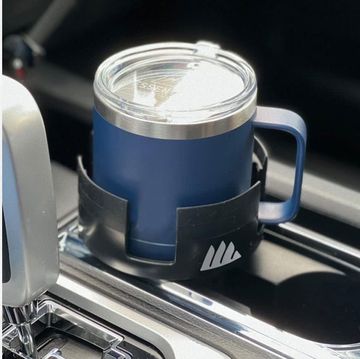I've got a 1998 Ford Taurus, and the Check Engine light came on. Checking the code with an OBD-II scanner revealed a bad oxygen sensor. What's the best way to replace it?
Ah, but all sensors are not the same. Older cars typically used basic units with just one wire (the wire carried the signal, while the unit simply grounded to the exhaust pipe). Newer cars are fitted with heated O2 sensors with up to four wires, allowing the sensor to reach its base 250 F operating temperature more quickly. The most surefire way to buy the right replacement is to first remove the bad one and take it with you to the store.
The sensor is typically almost welded to the exhaust, so apply a liberal spray of penetrating oil to the threads of the sensor and let it loosen the joint. Unplug the sensor from the wiring harness, and get a special O2 sensor socket from the auto parts store (some loan them out for free) and remove the old sensor from the exhaust bung. If the sensor won't budge, try more penetrating oil or attempt the removal with the engine warm (be careful not to burn yourself).
The universal replacement may come with an adapter plug to mate the new sensor to the car's wiring harness. If so, use the adapter. Never cut the wires on O2 sensors that come with adapters, because, interestingly, these types of sensors "breathe" through the wires. Every O2 sensor works by comparing exhaust gas to outside air—the difference in oxygen levels creates a voltage that's read by the car's computer. As a result, cutting the wires and soldering them clogs that minute pathway and renders the sensor useless.
There are, however, some sensors that sample outside air near the unit's base and therefore come with just bare wires. If you obtain one of these, you'll need to cut the plug off the old sensor and splice it to the new one. Strip the insulation off the ends, slide sections of heat-shrink tubing over the sensor wires, and splice the joint together with solder. Finish by applying heat, sealing the joint.
Your new O2 sensor should be handled like a piece of china. Do not allow the tip to touch anything—it may become contaminated. Apply a small amount of anti-seize to the threads and hand-tighten the sensor in the exhaust bung, being careful to keep the tip away from the sides. Use the sensor socket to tighten the O2 sensor to three-quarters turn past finger-tight, depending on the manufacturer's recommendation. Finally, reroute the wire and attach the connector. Be sure to keep the wire from direct contact with high-heat sources.














